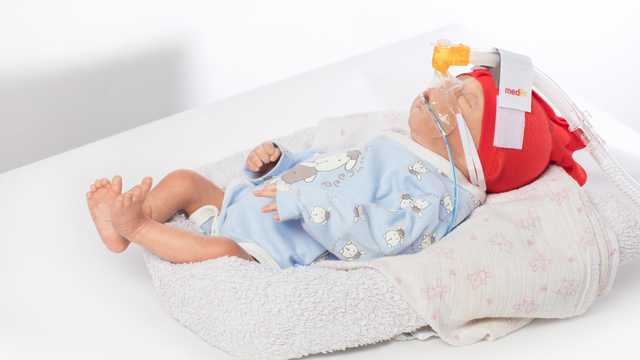
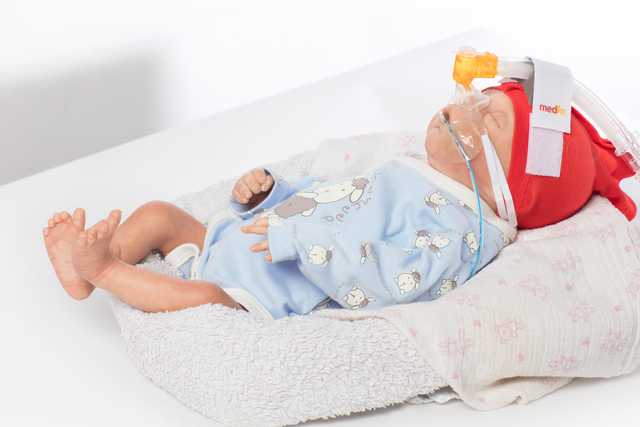
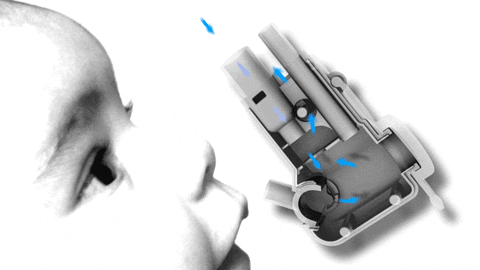
Medijet genera activamente la presión CPAP a través de una válvula Benveniste modificada (

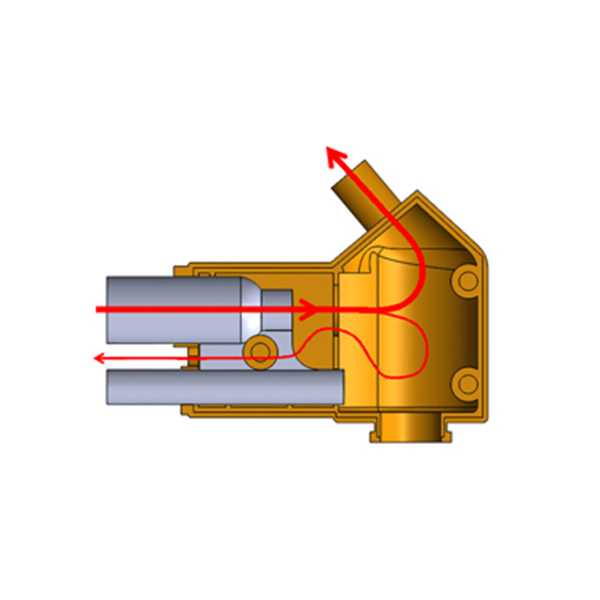
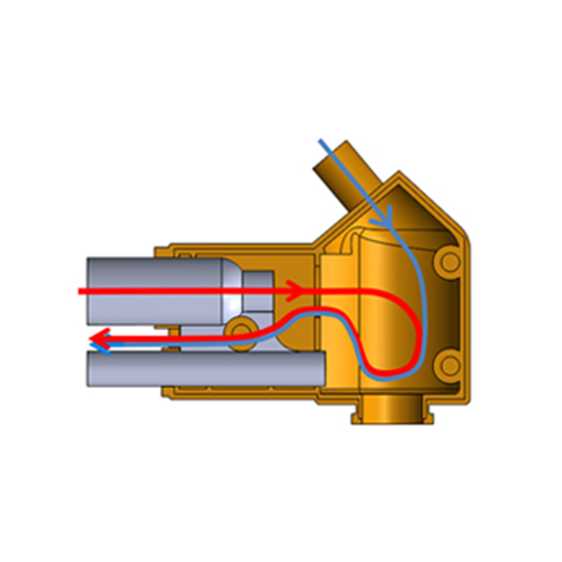
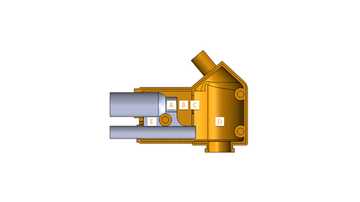
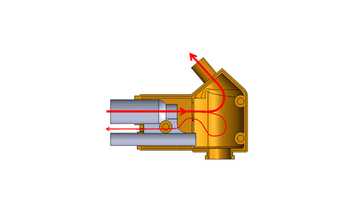
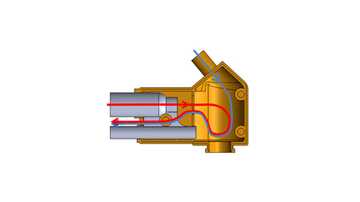
La capacidad del sistema Medijet para medir la presión de manera precisa y rápida permite el uso del innovador sistema de disparo por presión MediTRIG. La respiración espontánea y los episodios de apnea obstructiva y central se pueden registrar sin necesidad de utilizar ningún sensor adicional, por ejemplo, un sensor abdominal.
En los dispositivos de medin, el disparo por presión se utiliza en los modos ApneaCPAP y SNIPPV, lo que permite ofrecer una amplia variedad de tipos de soporte respiratorio no invasivo.
El flujo de gas respiratorio establecido se dirige a través de la válvula Benveniste hacia la cámara de presión del generador Medijet (en rojo). La presión se acumula en dicha cámara y se utiliza para administrar al paciente el flujo y la presión de soporte necesarios. Durante la inspiración, disminuye la presión en las vías aéreas del paciente, al igual que sucede con la resistencia. El gas respiratorio siempre fluye en la dirección en que la resistencia es menor.
Durante la espiración, el flujo espiratorio (en azul) del paciente se encuentra con el flujo de gas fresco entrante (en rojo). A continuación, este flujo combinado se redirige al entorno exterior, ya sea total o parcialmente. El paciente puede exhalar a través de la abertura de espiración y esto da lugar a una mezcla de gases resultado de la combinación del flujo de gas espiratorio y el flujo de gas fresco.
Durante la espiración, el flujo espiratorio (en azul) del paciente se encuentra con el flujo de gas fresco entrante (en rojo). A continuación, este flujo combinado se redirige al entorno exterior, ya sea total o parcialmente. El paciente puede exhalar a través de la abertura de espiración y esto da lugar a una mezcla de gases resultado de la combinación del flujo de gas espiratorio y el flujo de gas fresco.
La cantidad de gas respiratorio que no requiera el paciente puede expulsarse a través de la abertura de espiración (abertura estrecha en rojo). La presión en las vías aéreas se mide directamente en el generador Medijet mediante la medición de la presión proximal y se transmite a continuación al dispositivo de tratamiento.
A Entrada de gas respiratorio con boquilla
B Espacio abierto del principio de Benveniste
C Abertura hacia la cámara de presión
D Cámara de presión/volumen
E Abertura de espiración abierta

Medijet se sujeta a la cabeza del paciente con la ayuda de un gorro de medin muy fácil de usar. Se coloca sobre la nariz del pequeño paciente a través de unos cortos adaptadores binasales o con máscaras nasales muy suaves y cómodas.